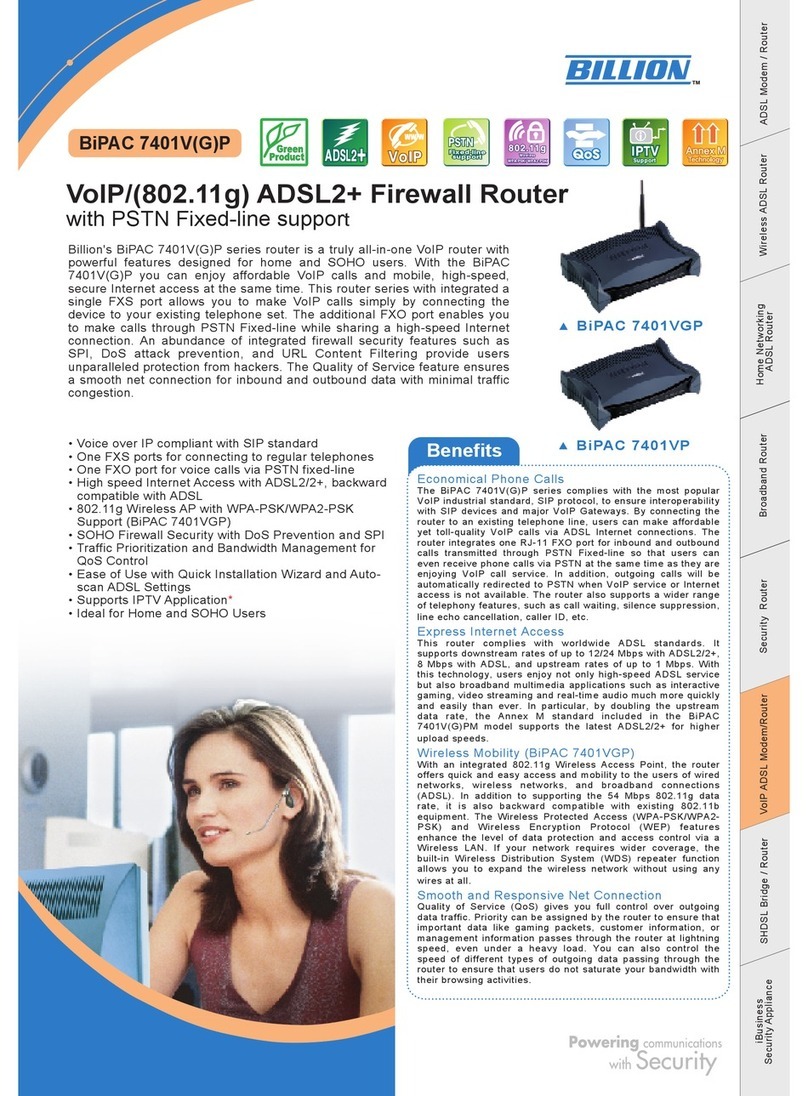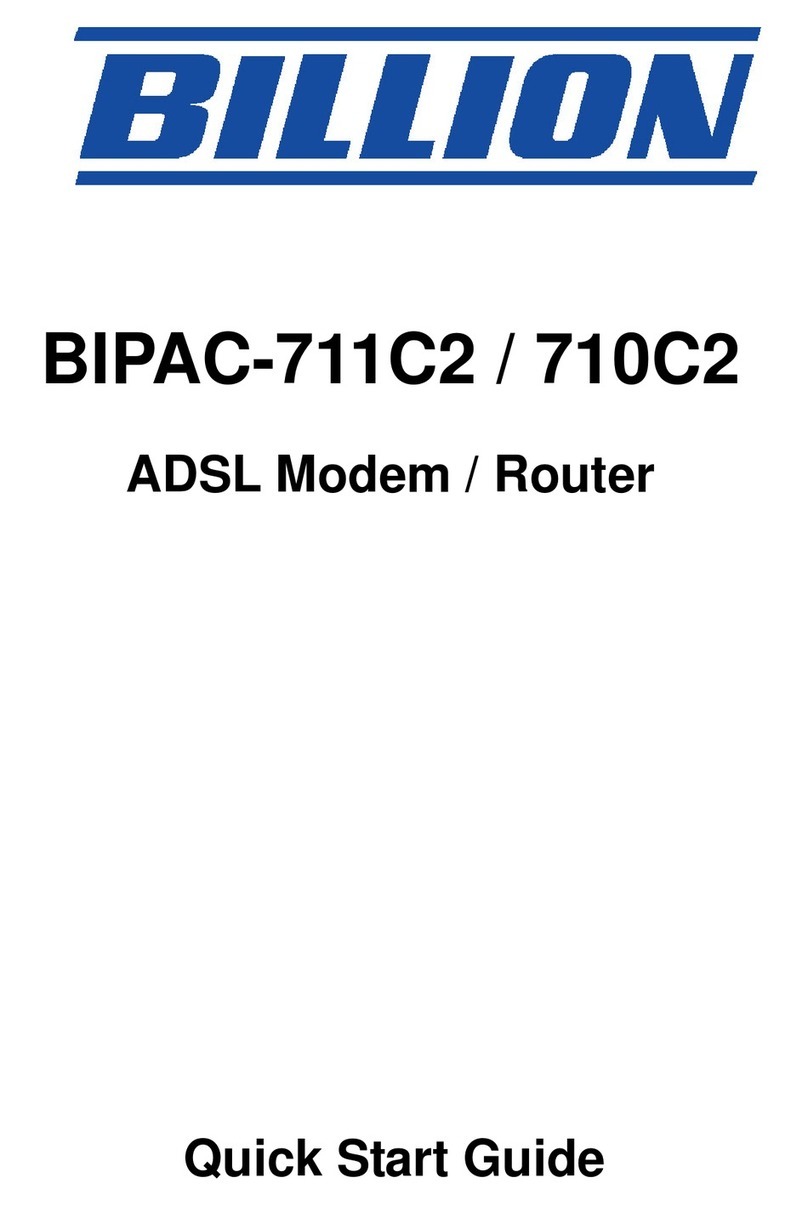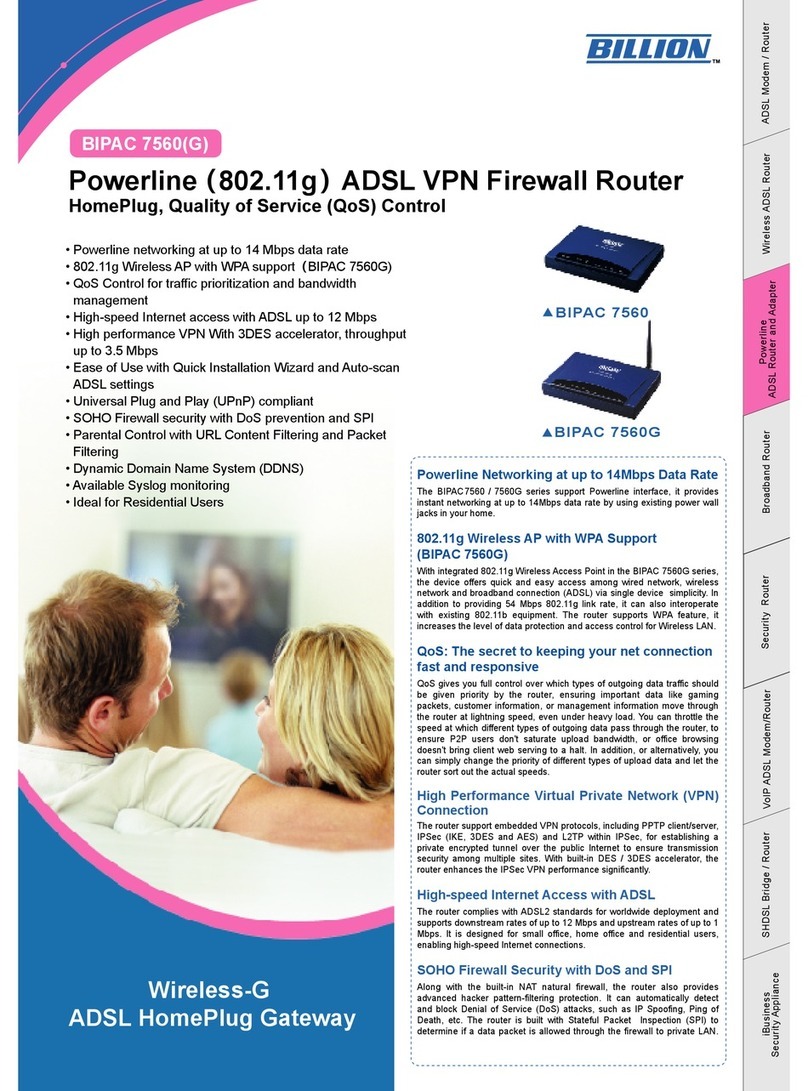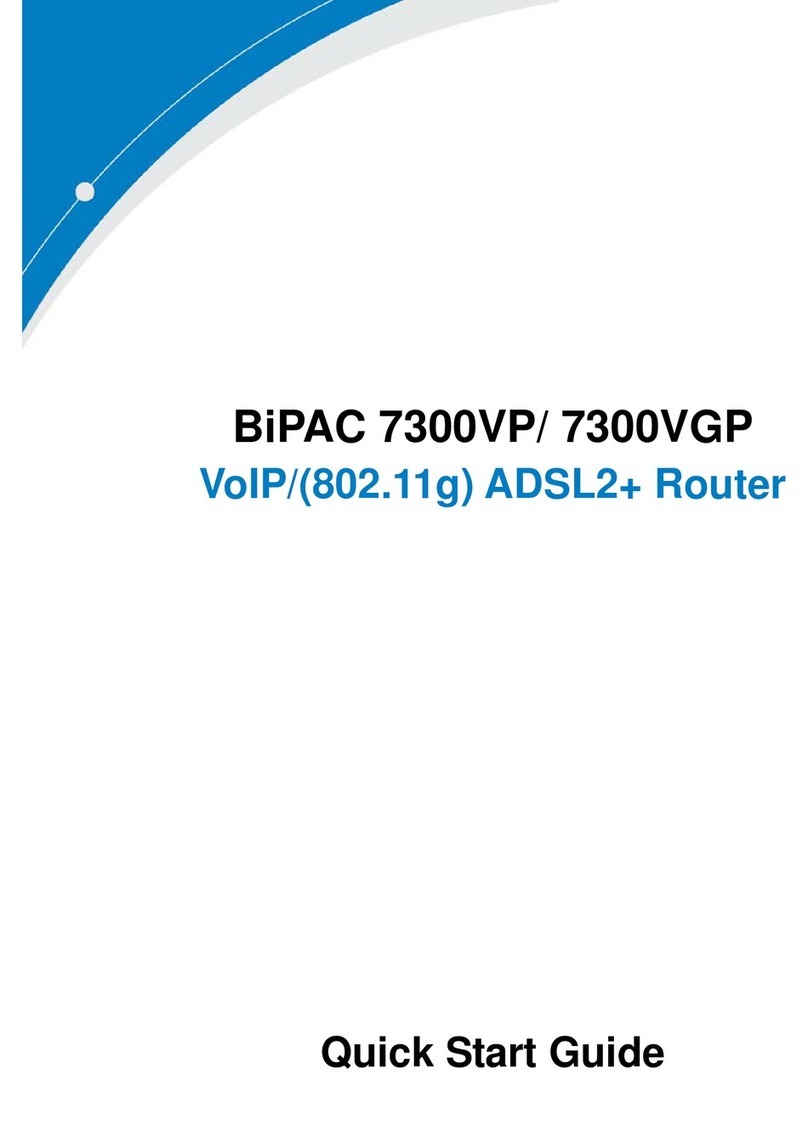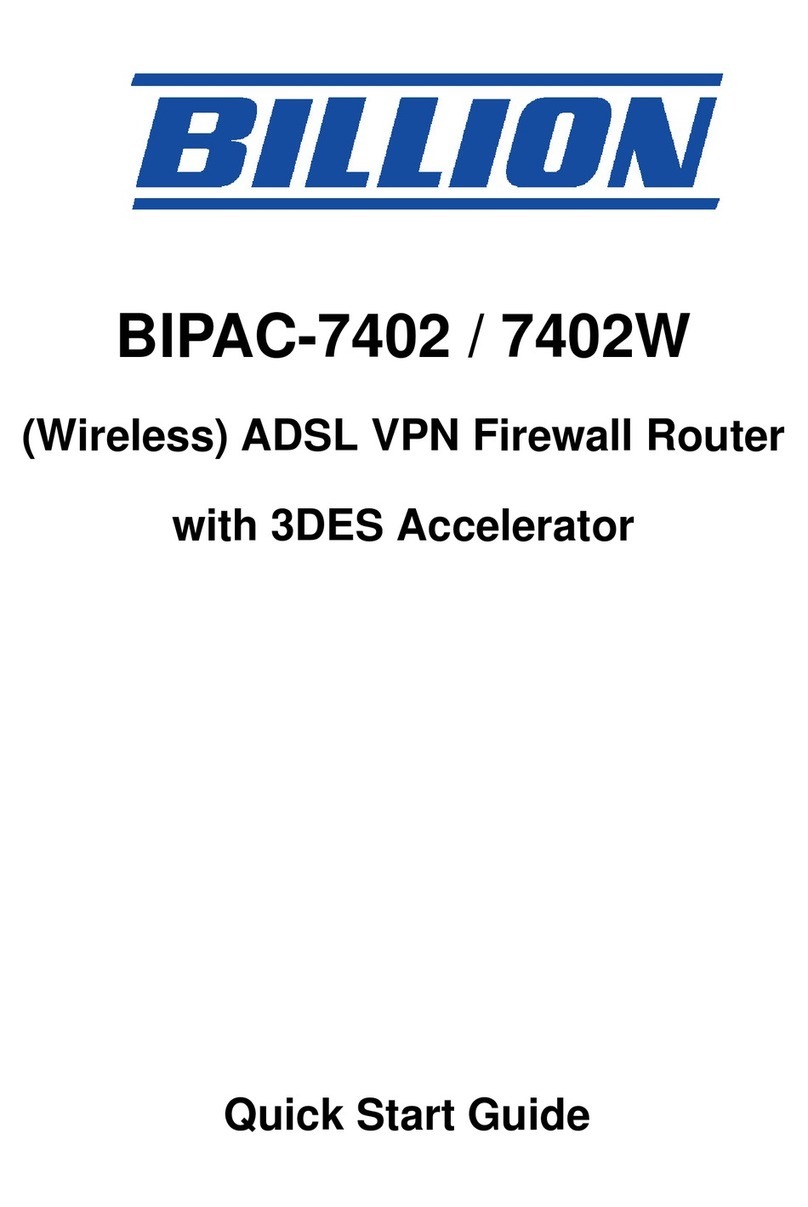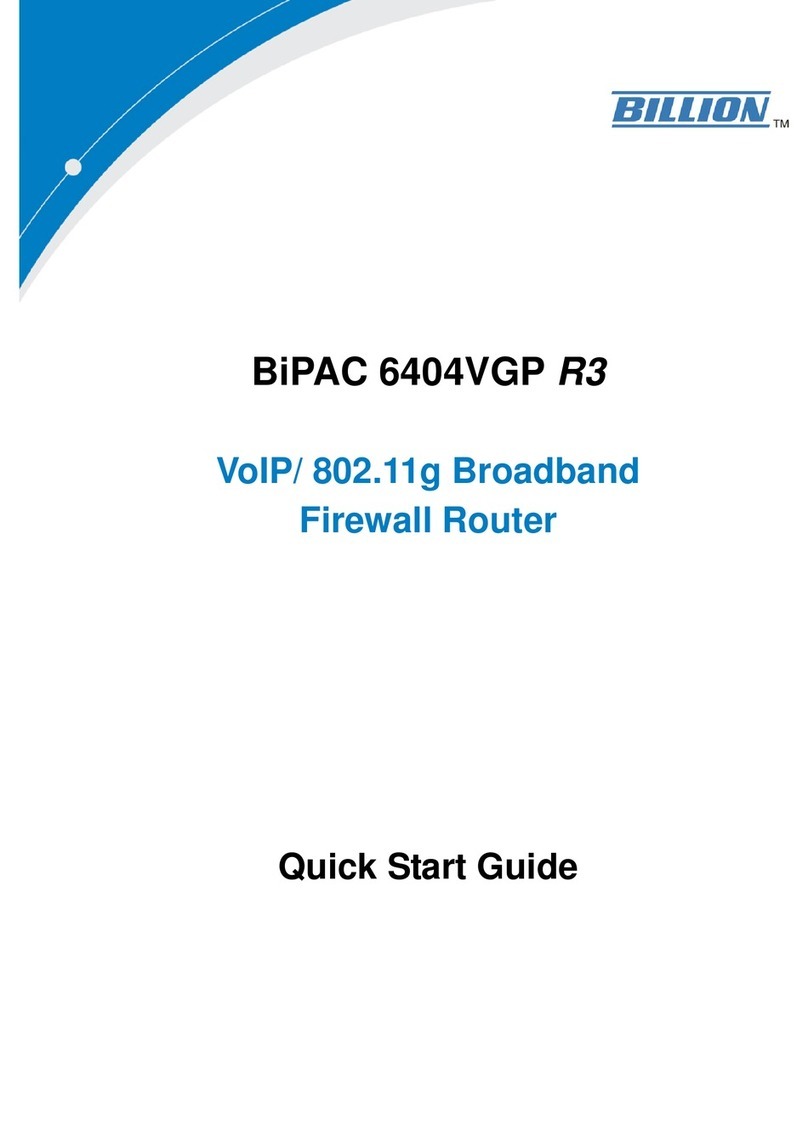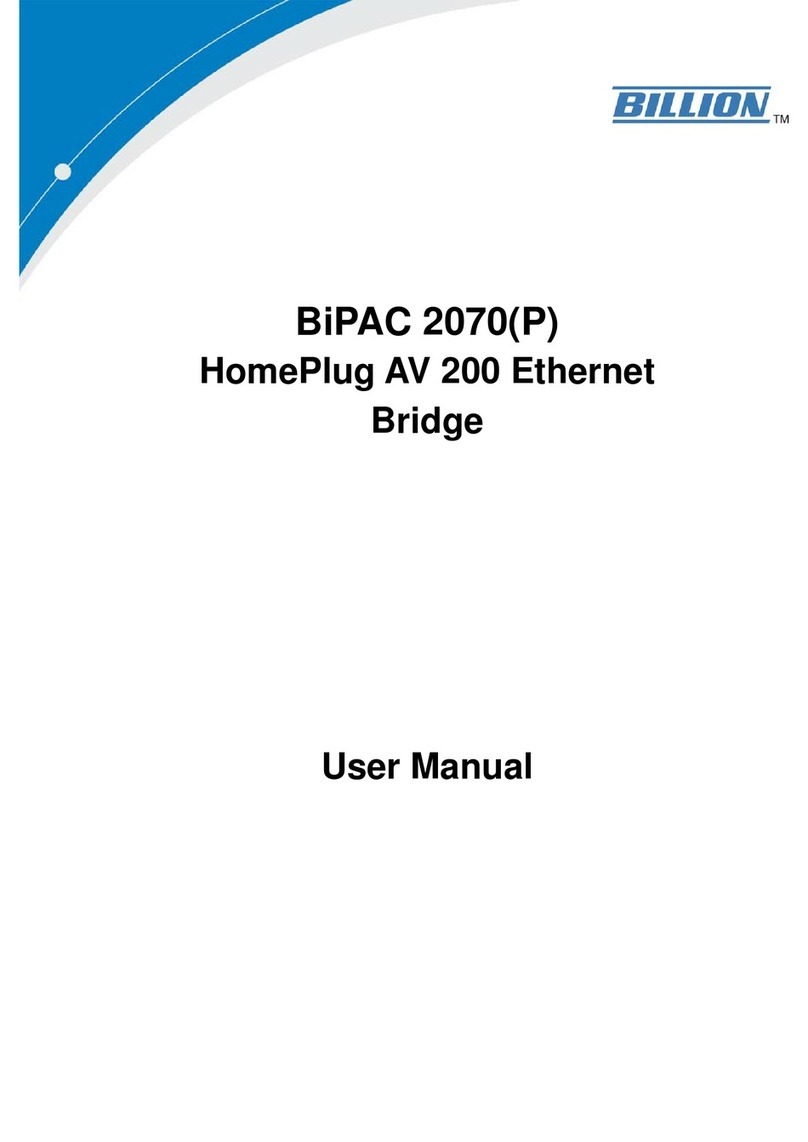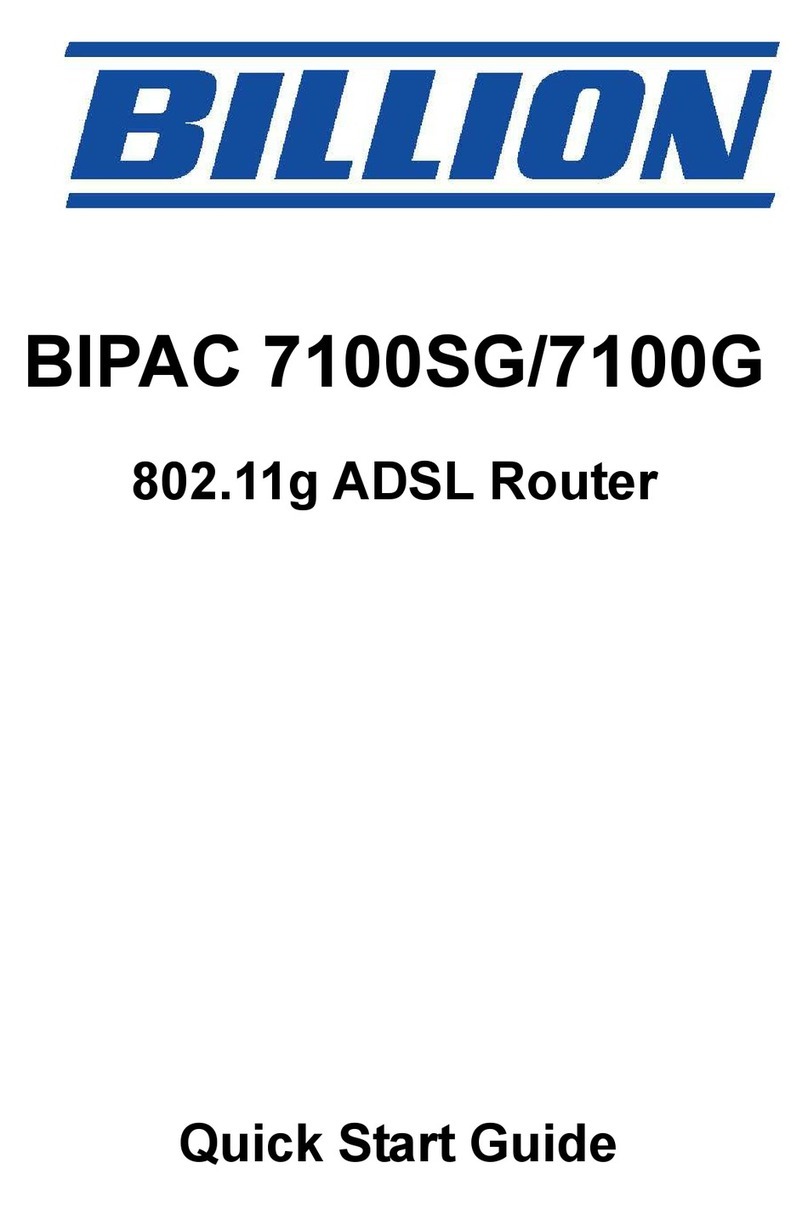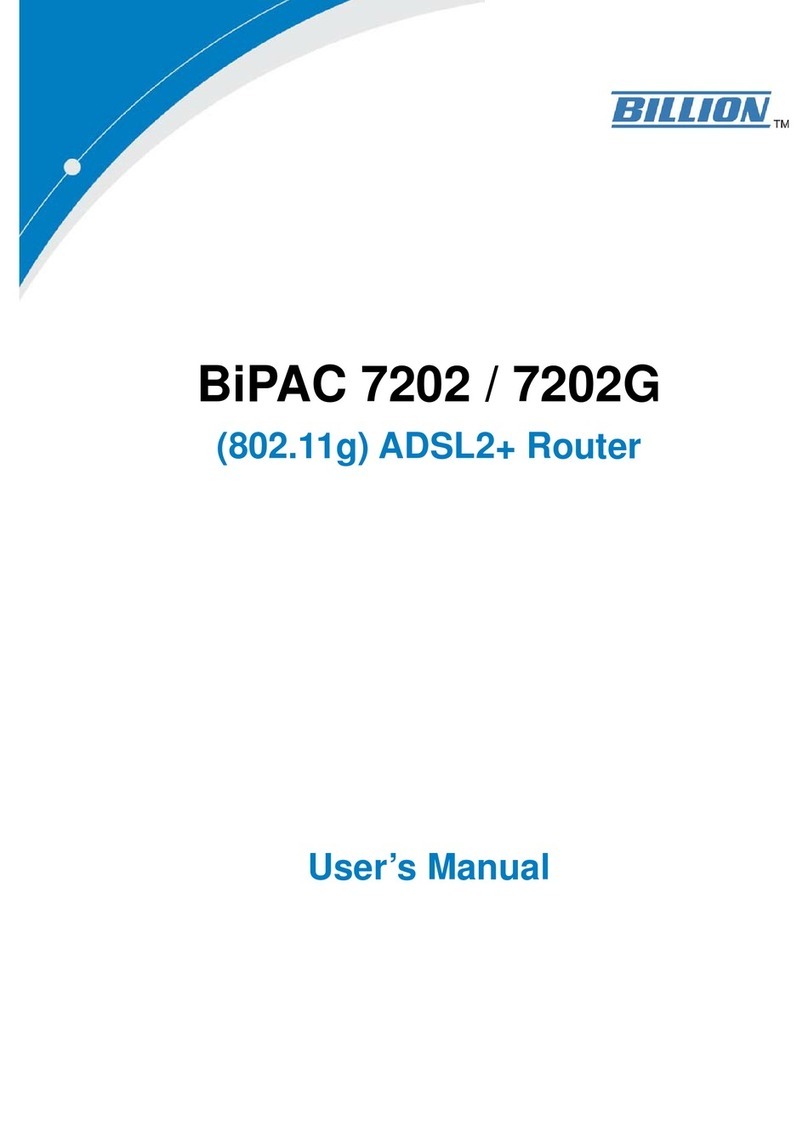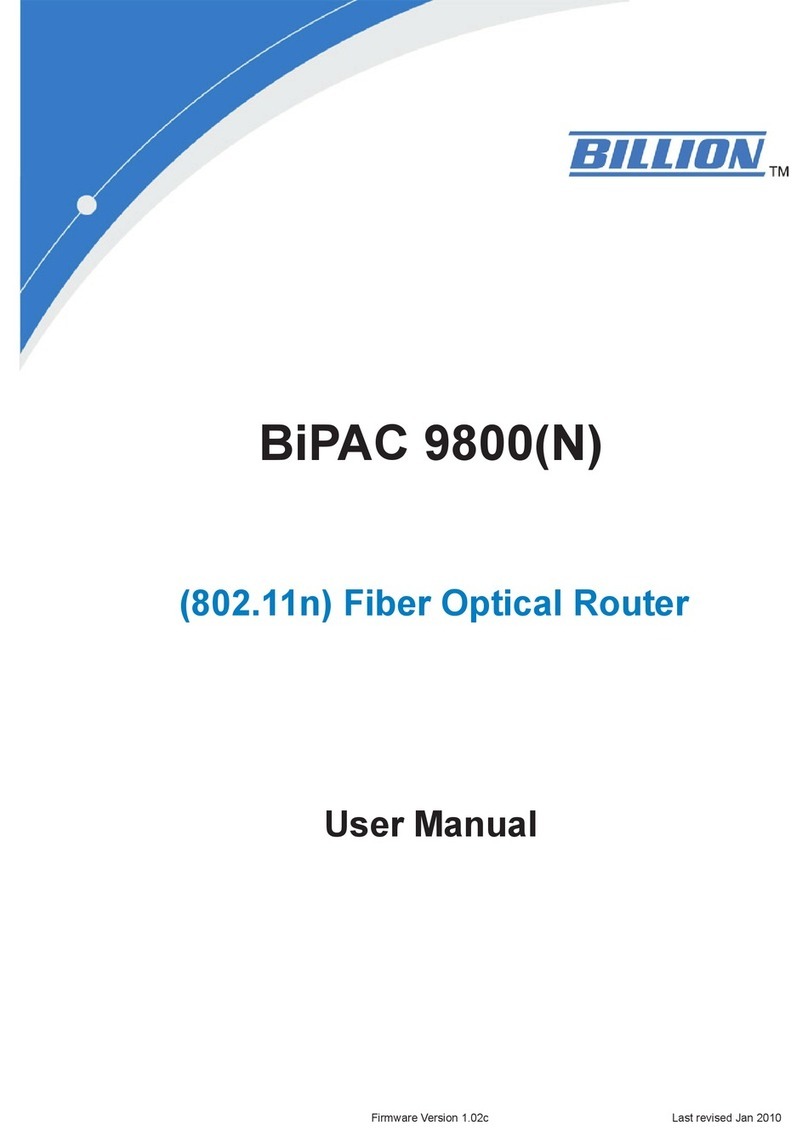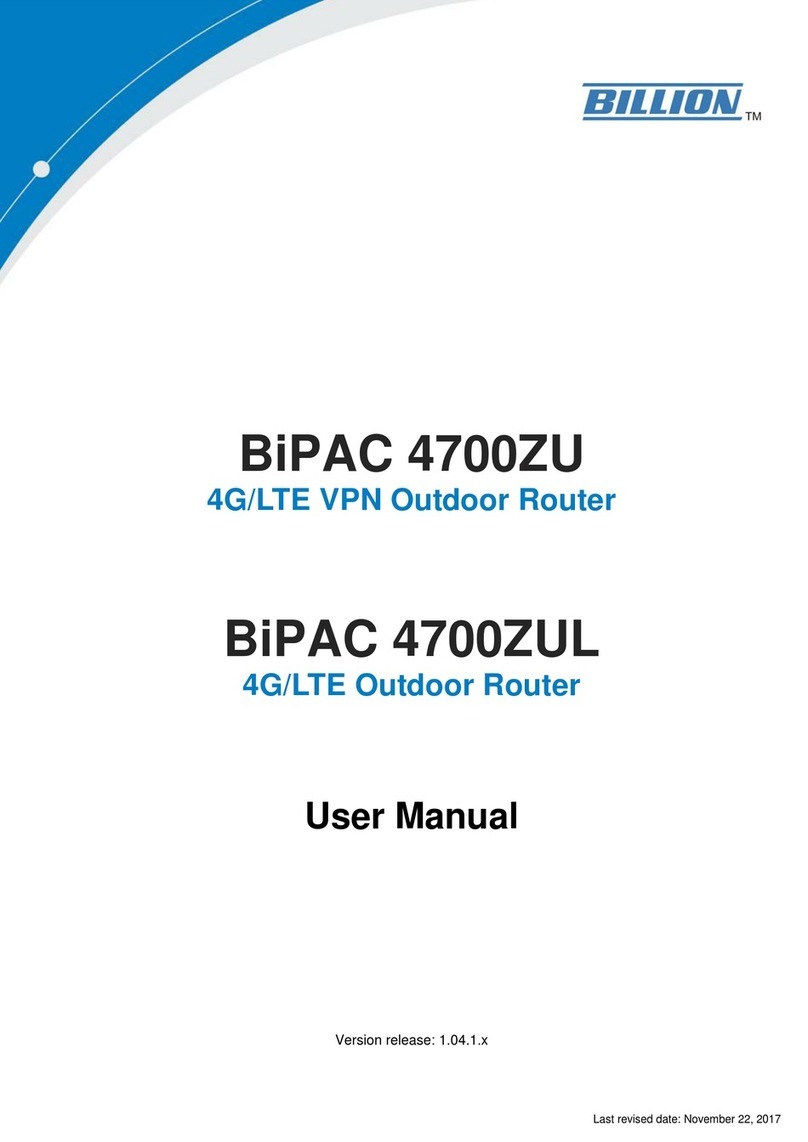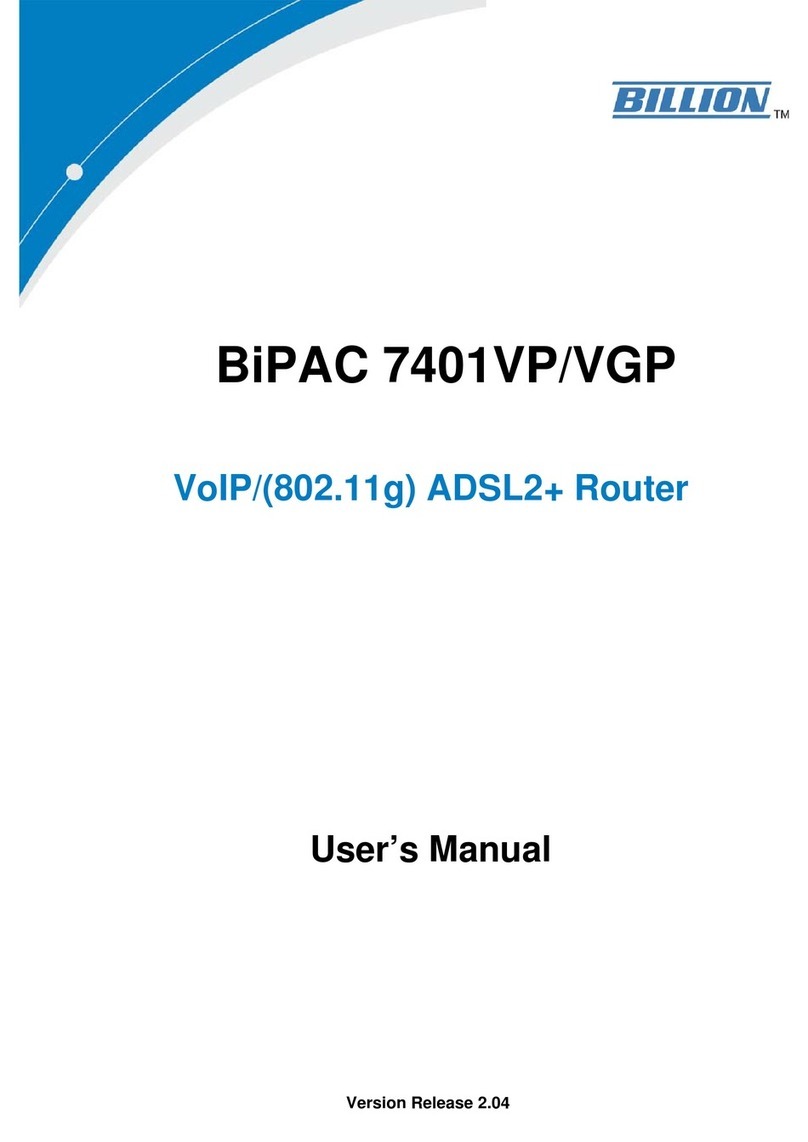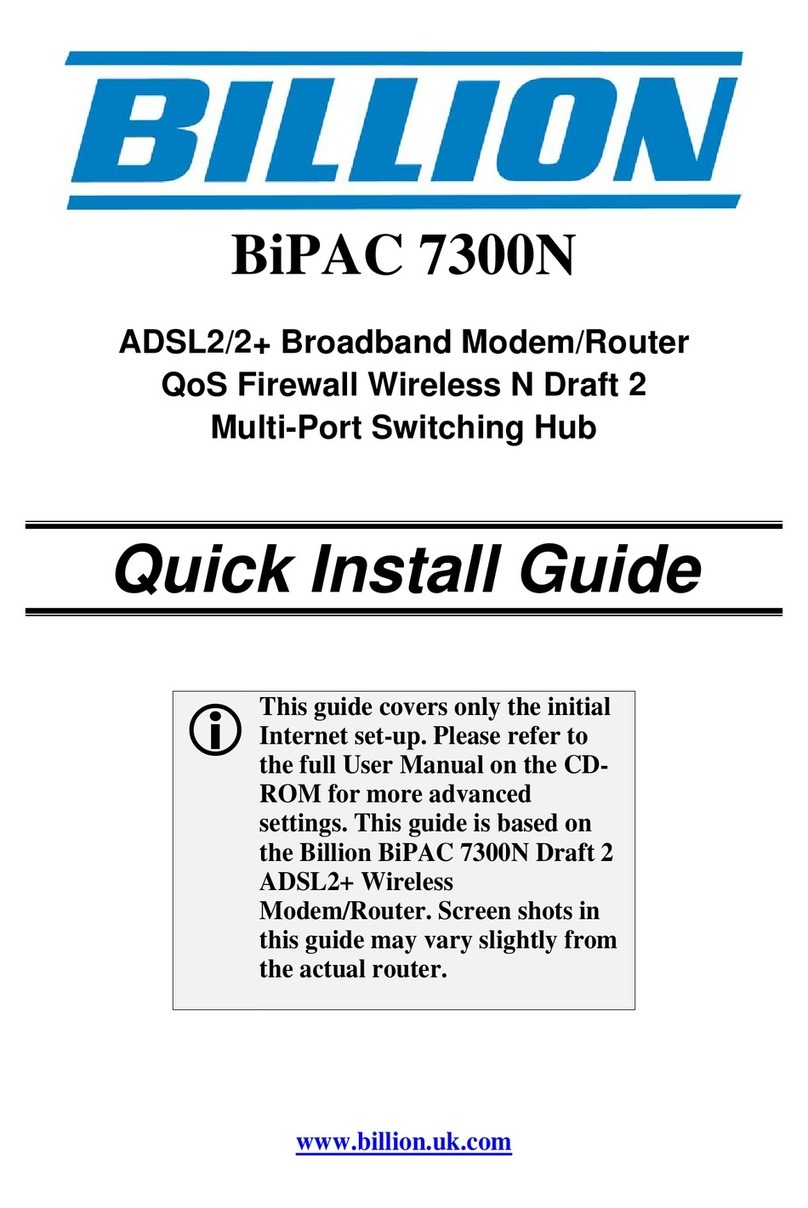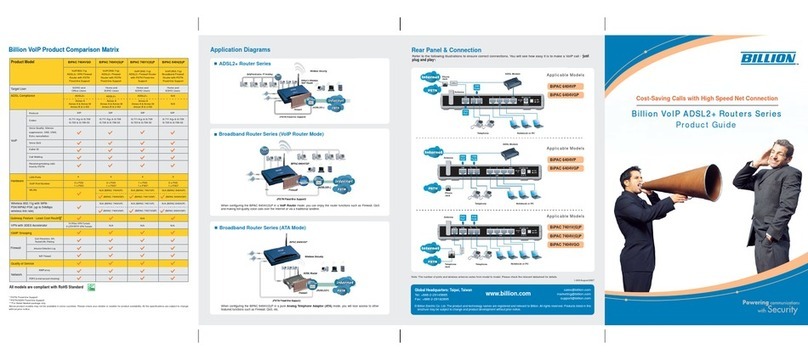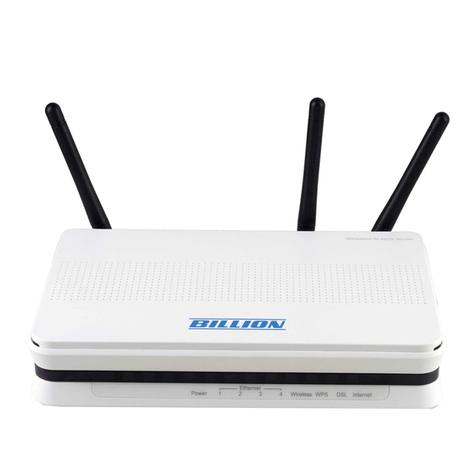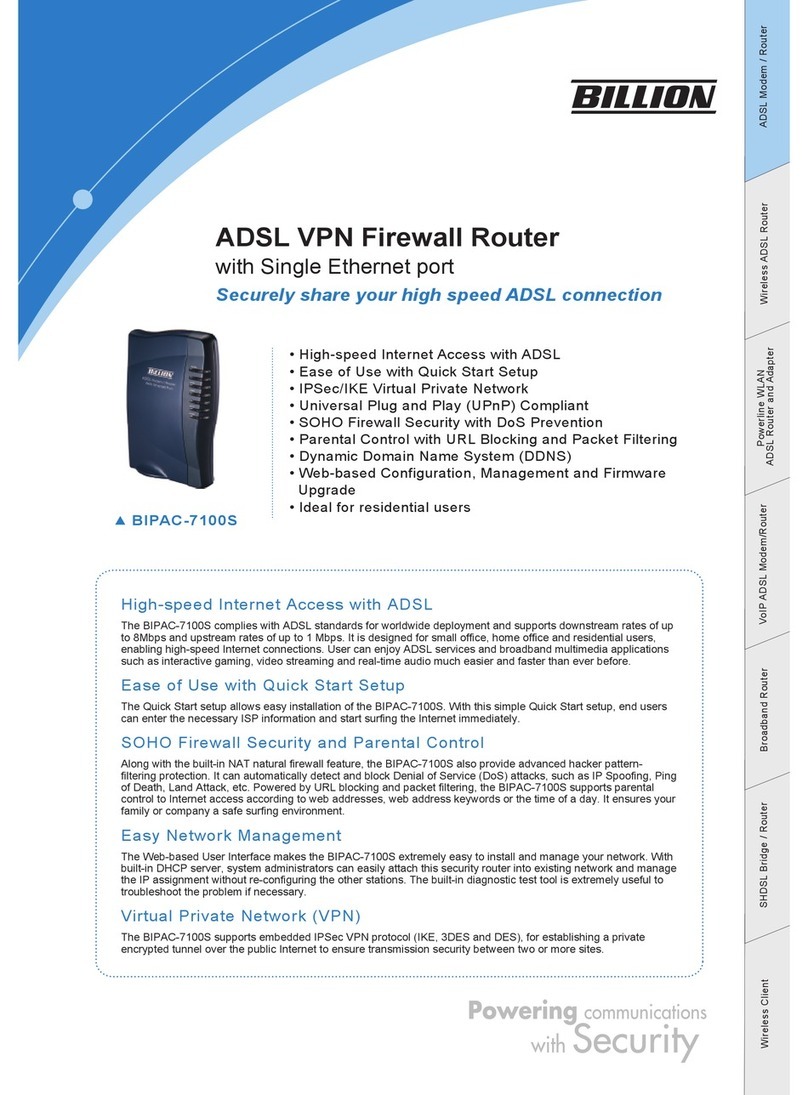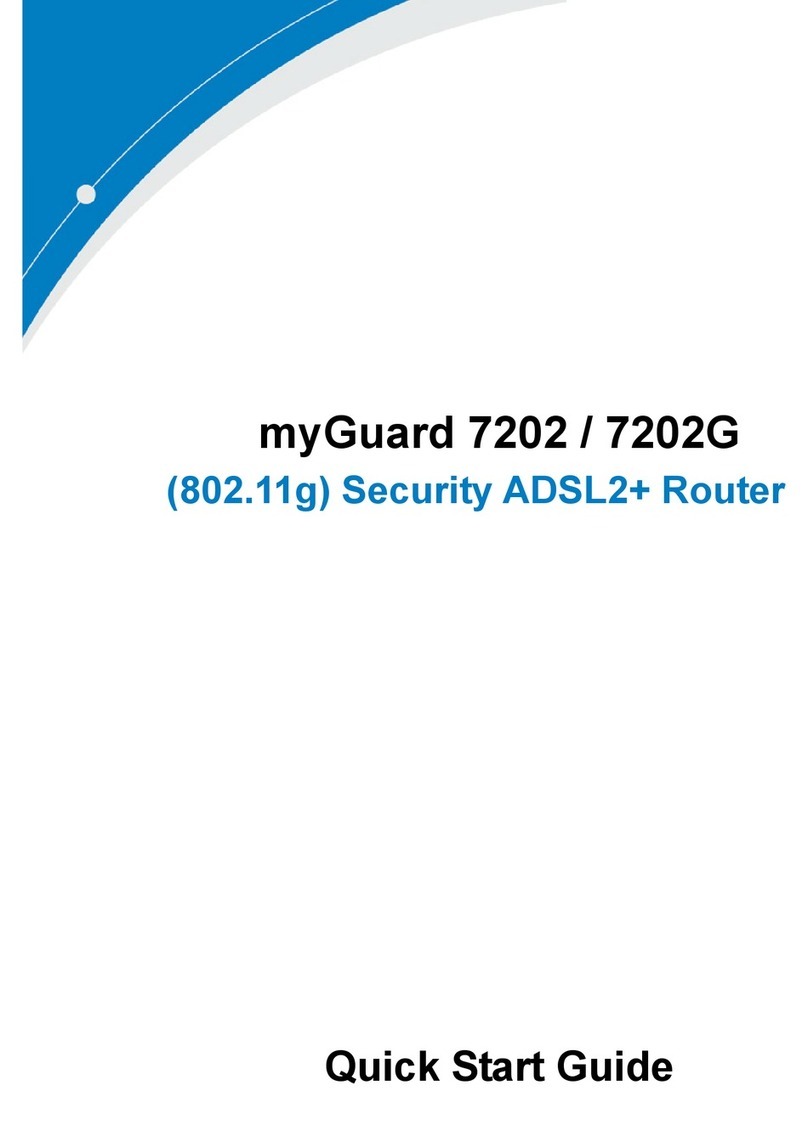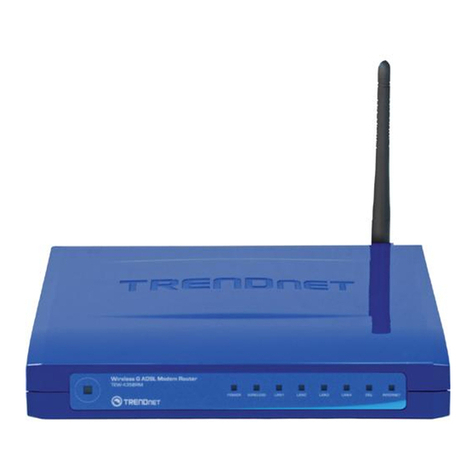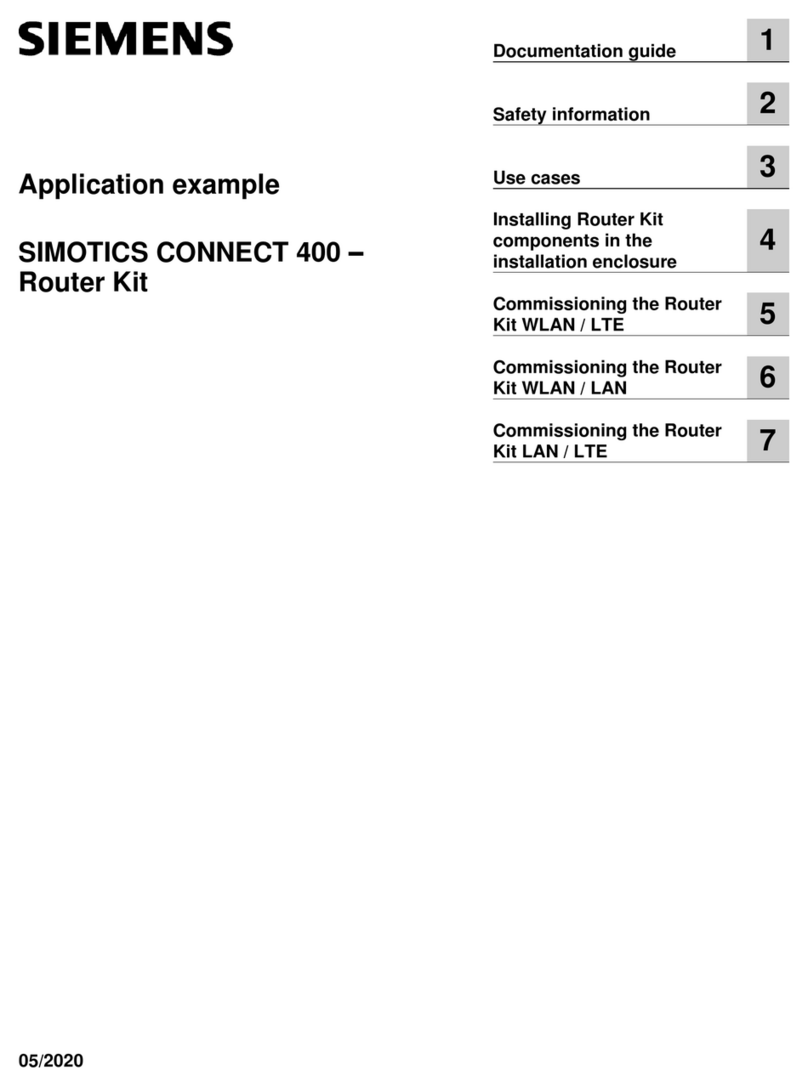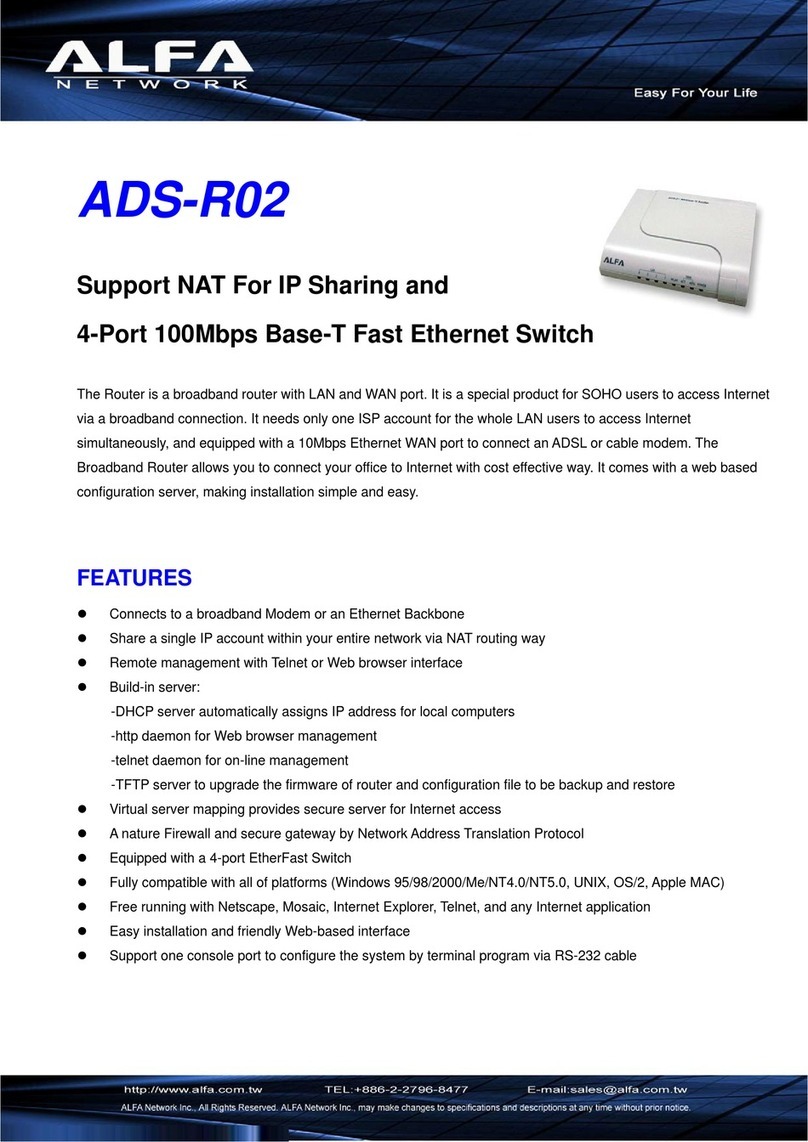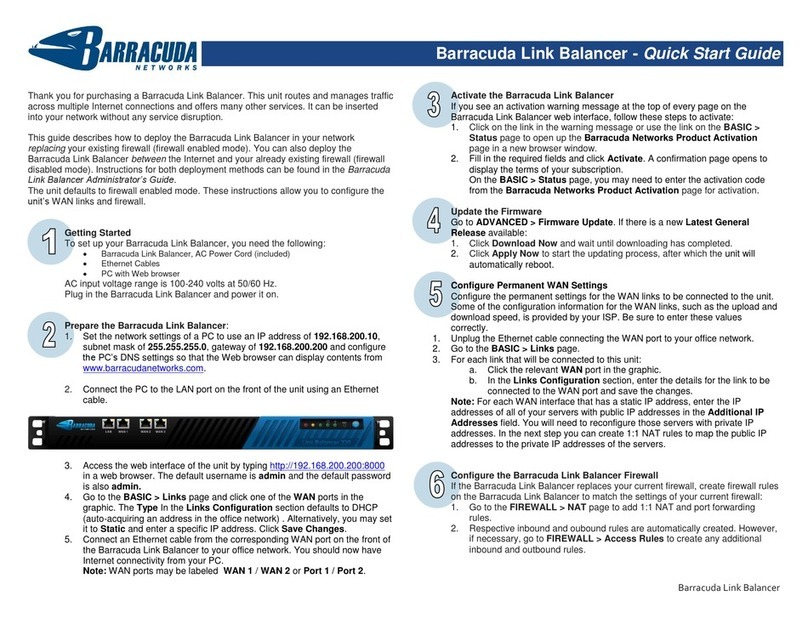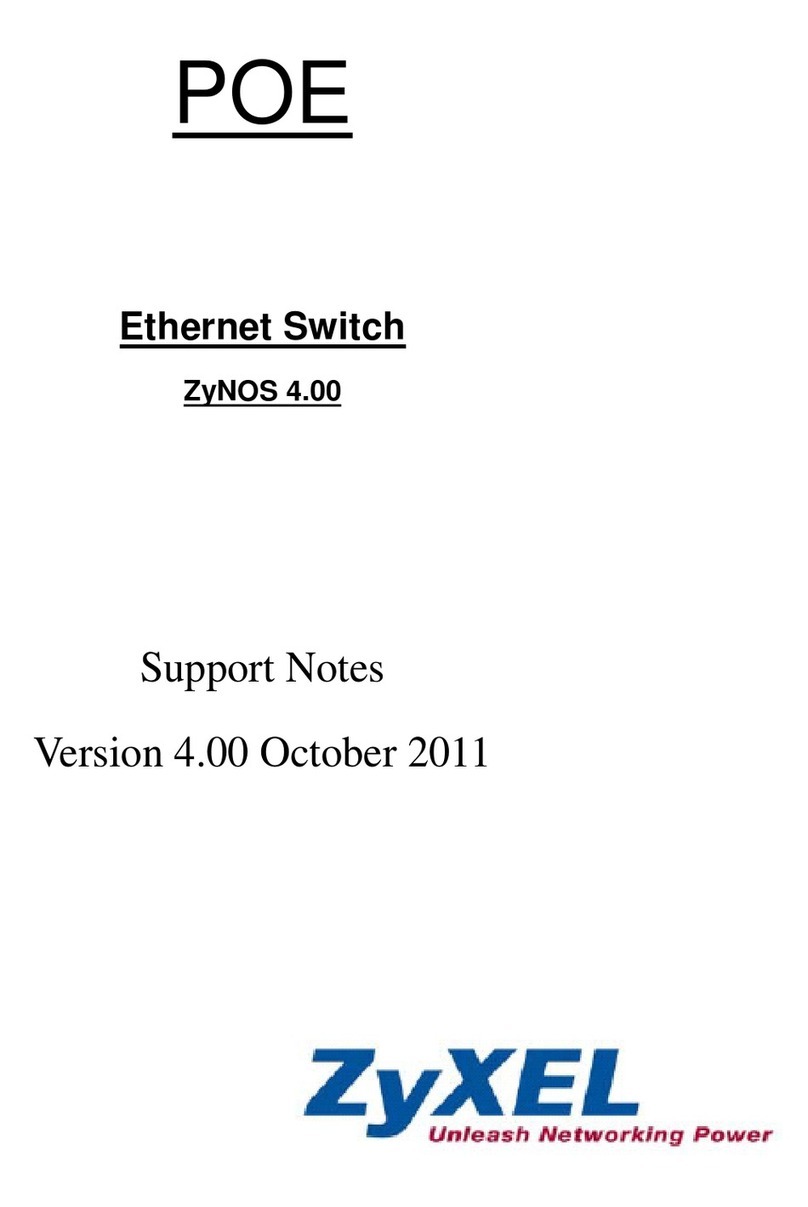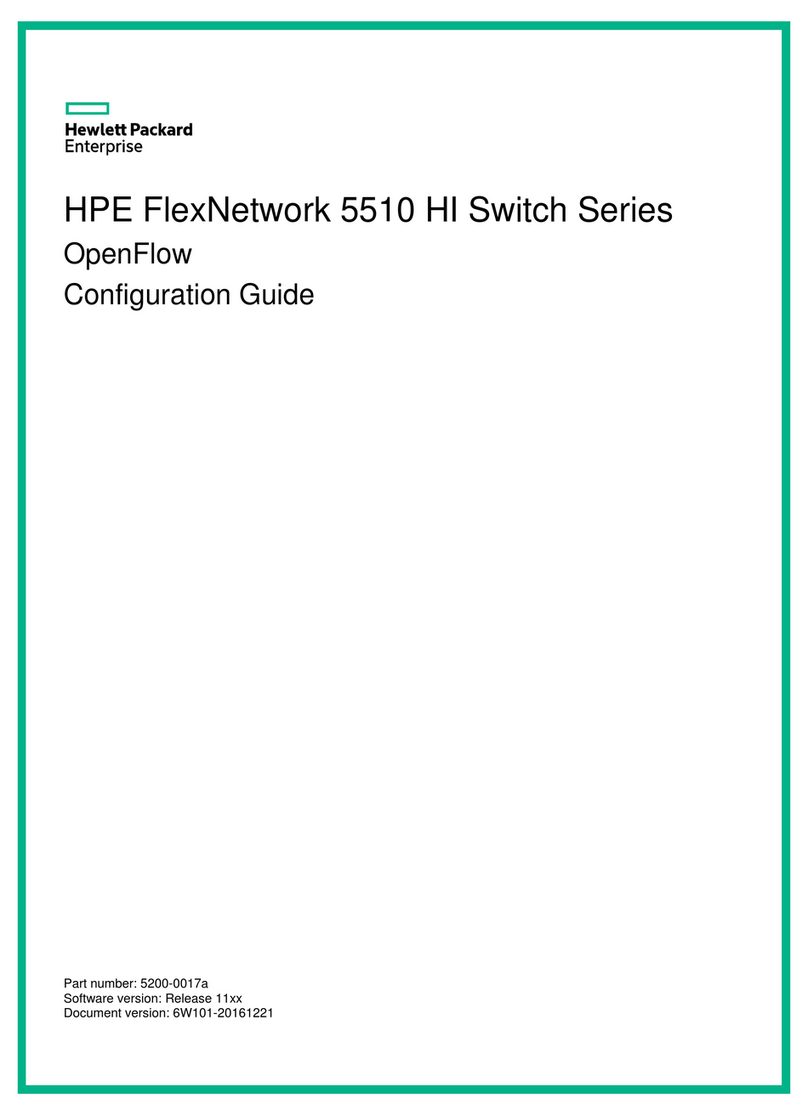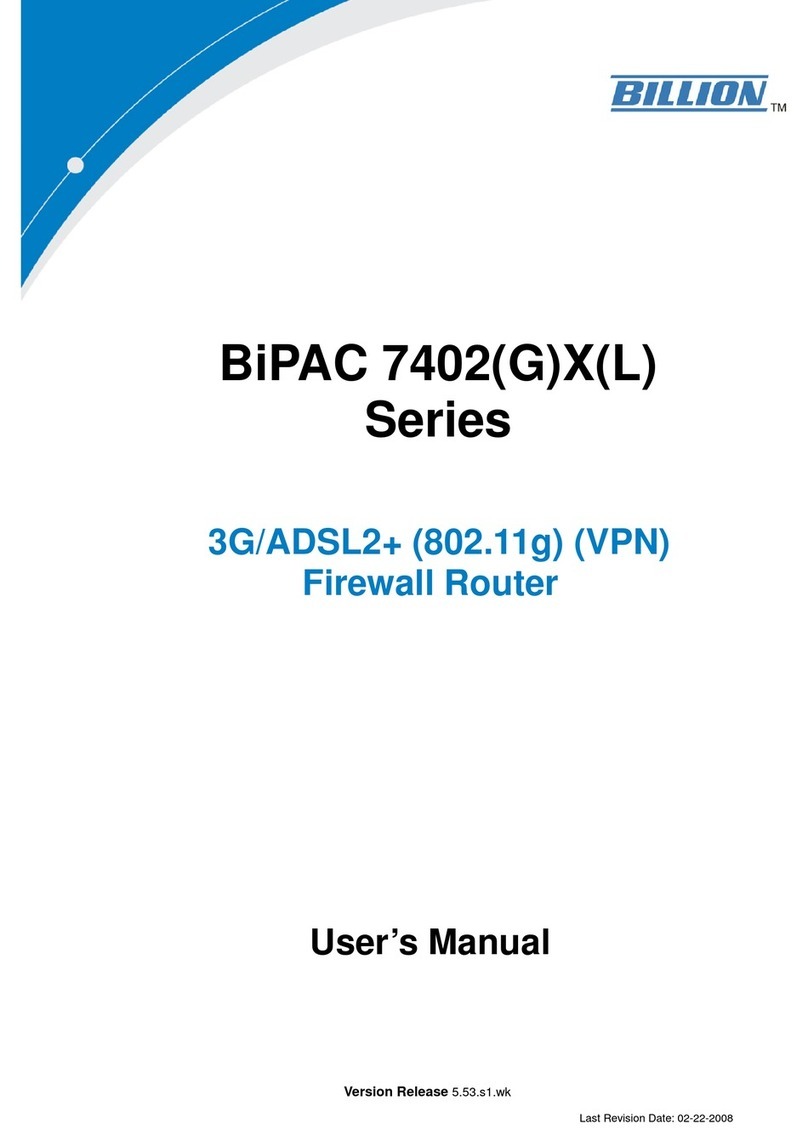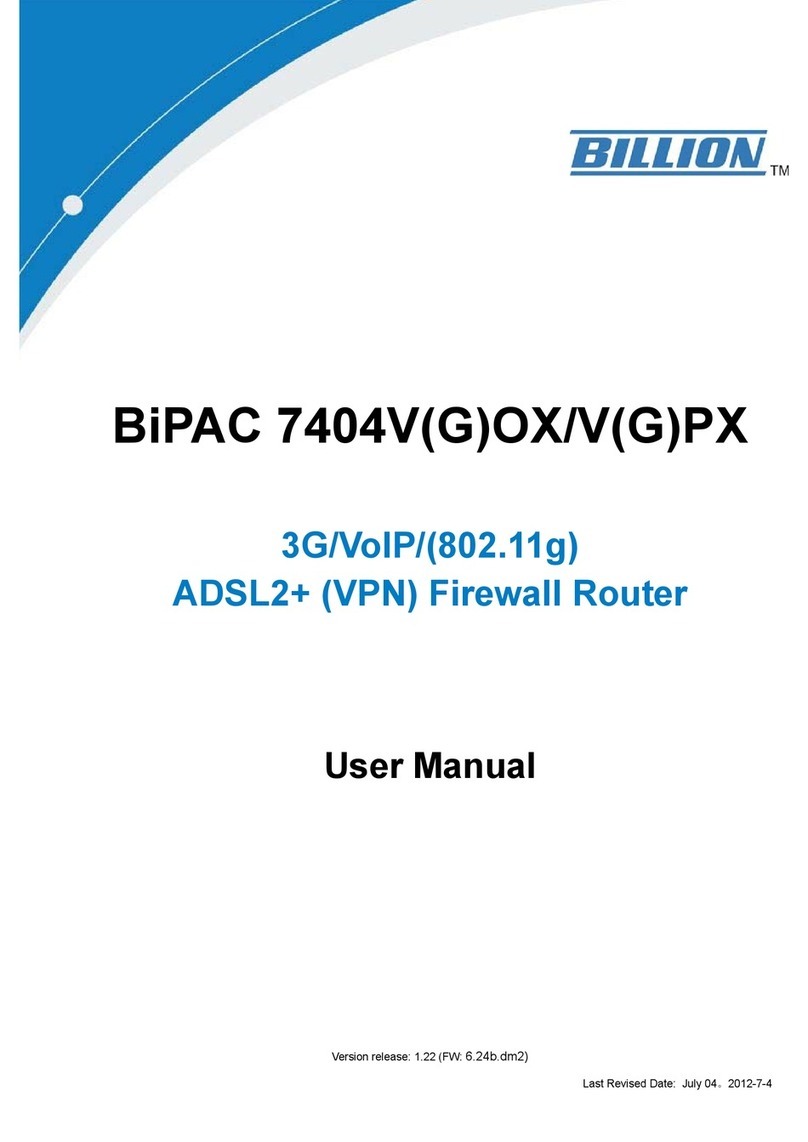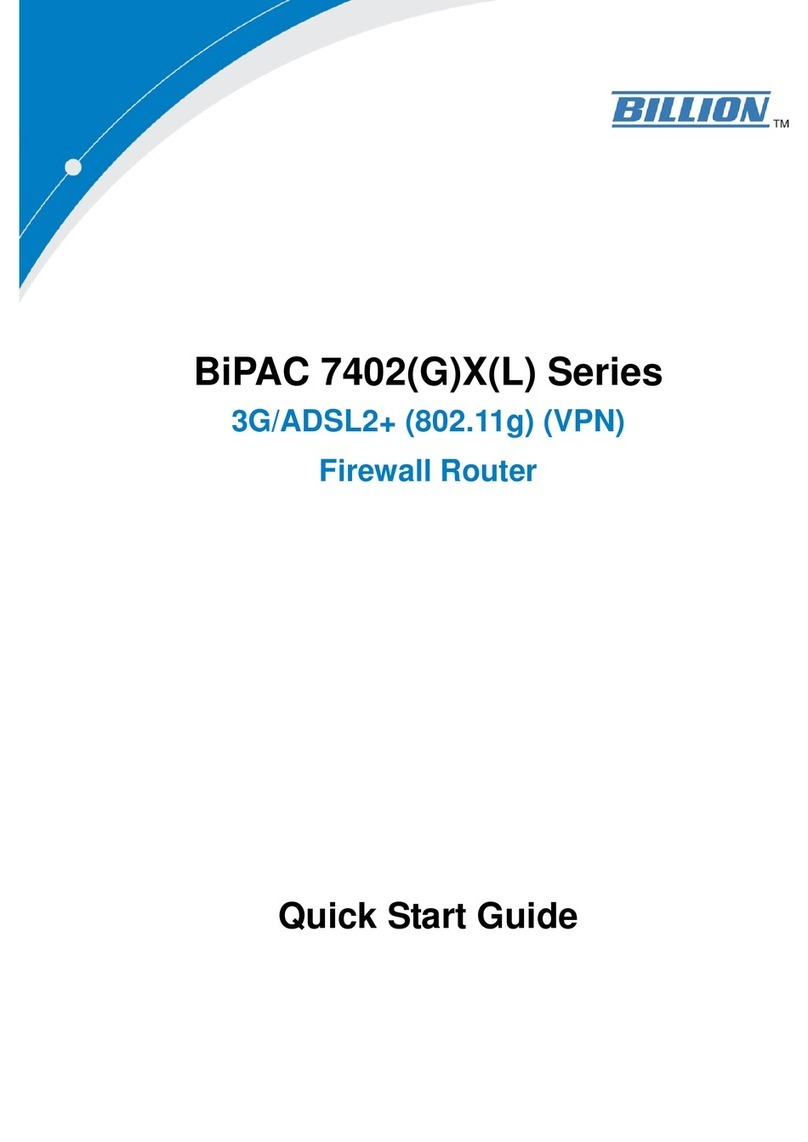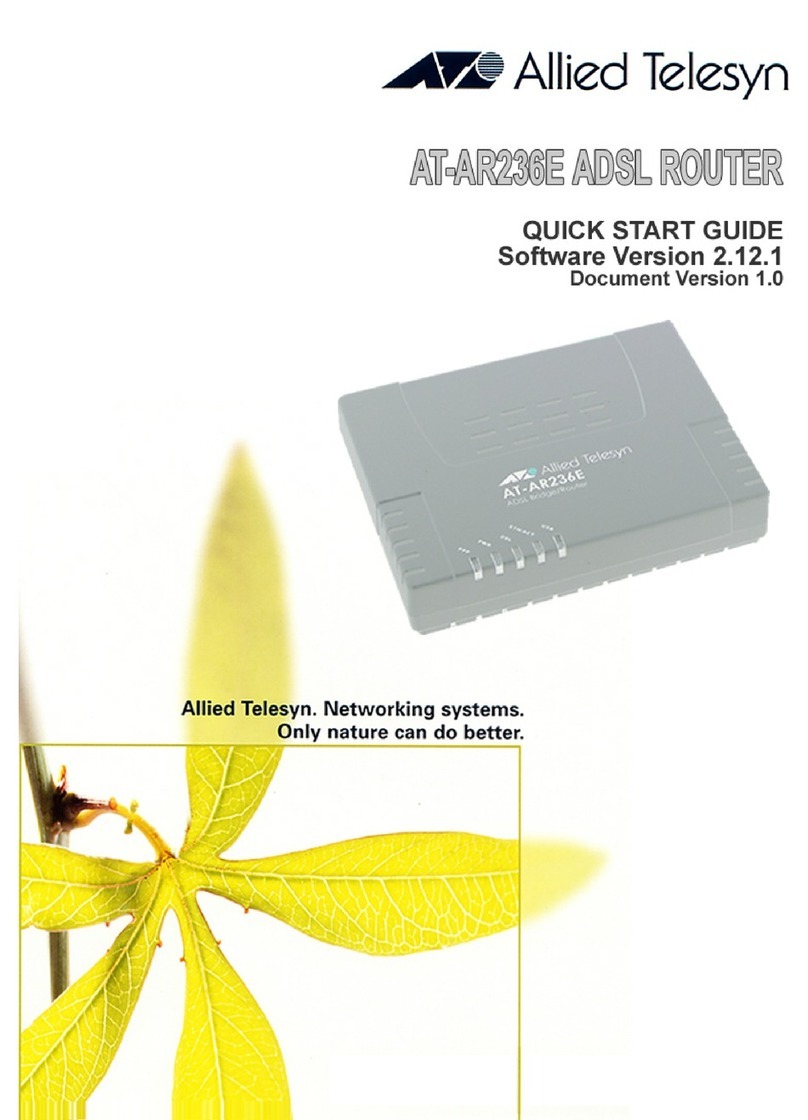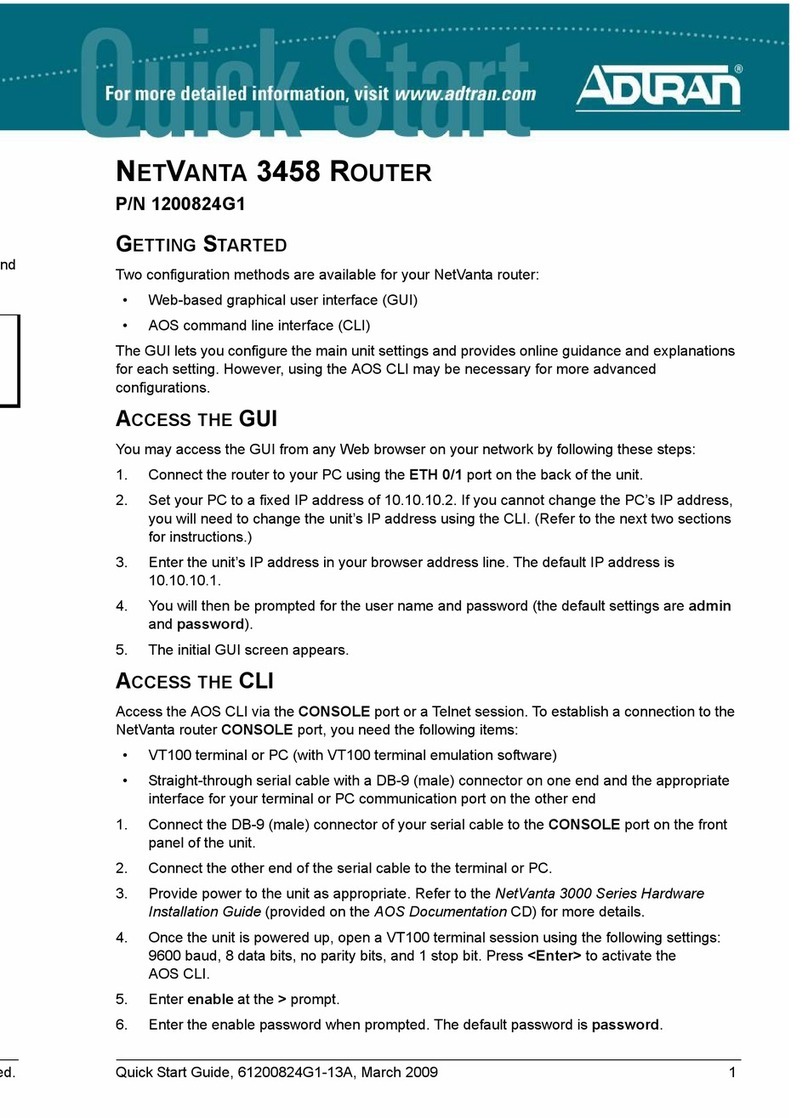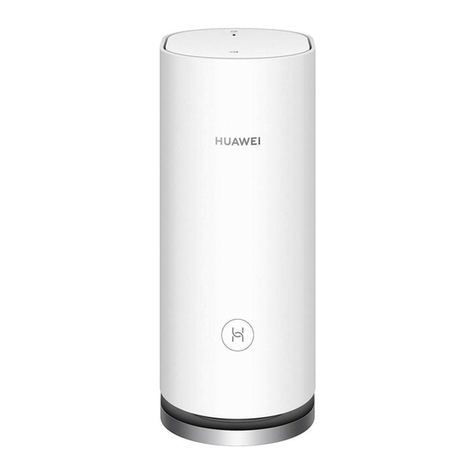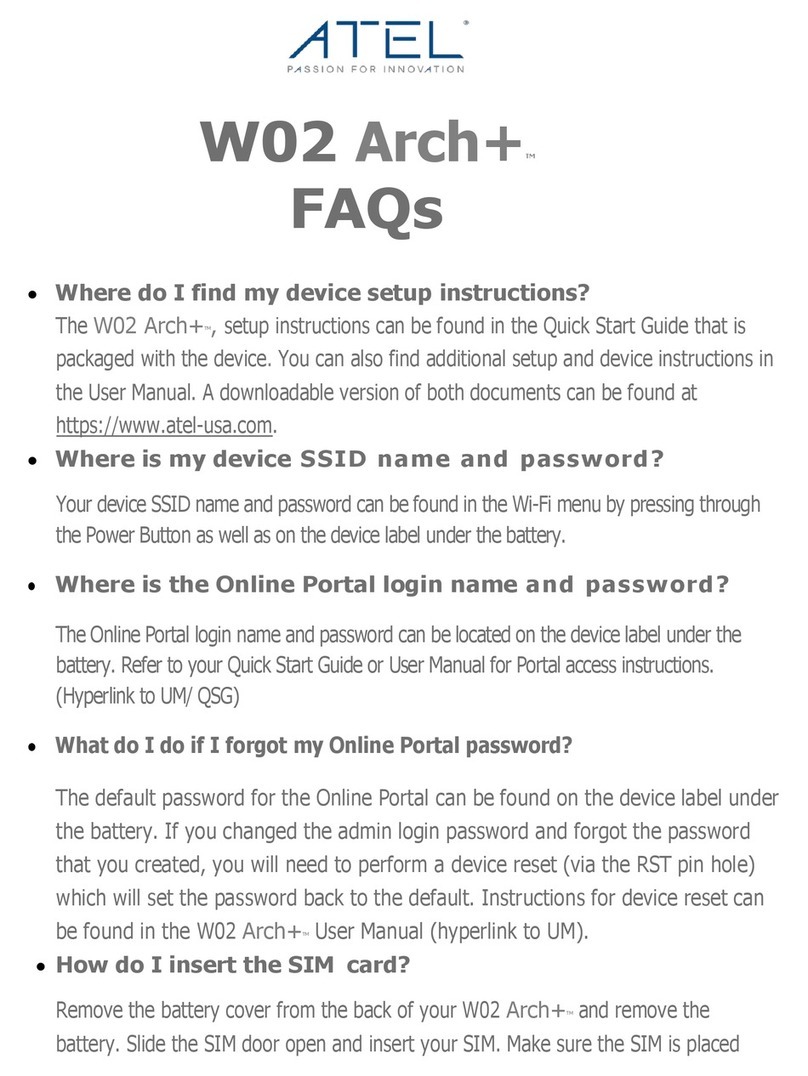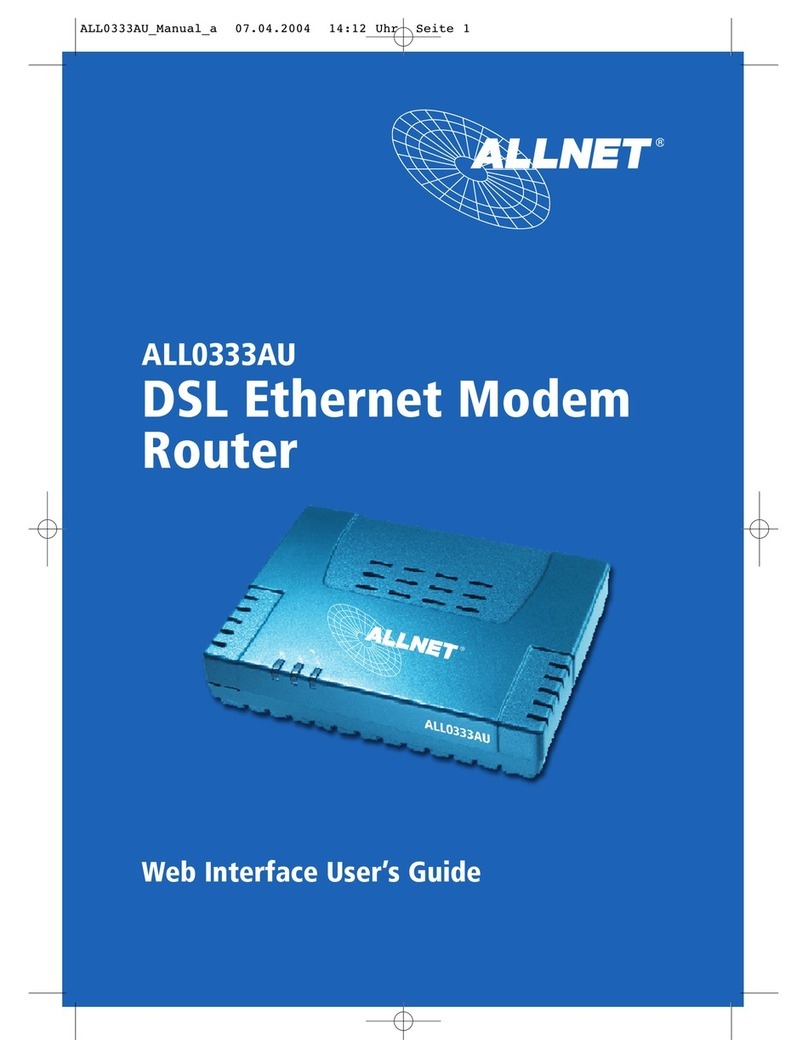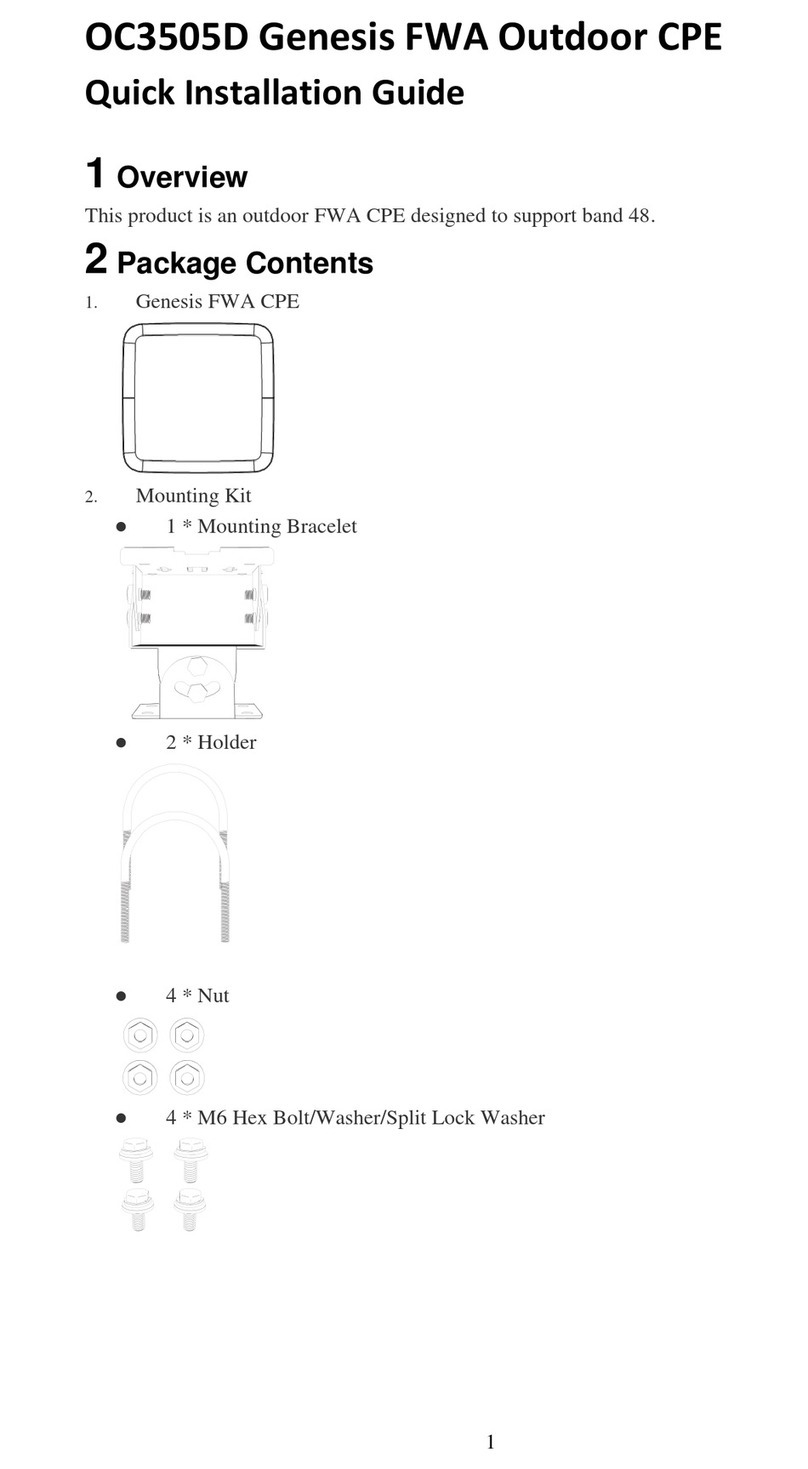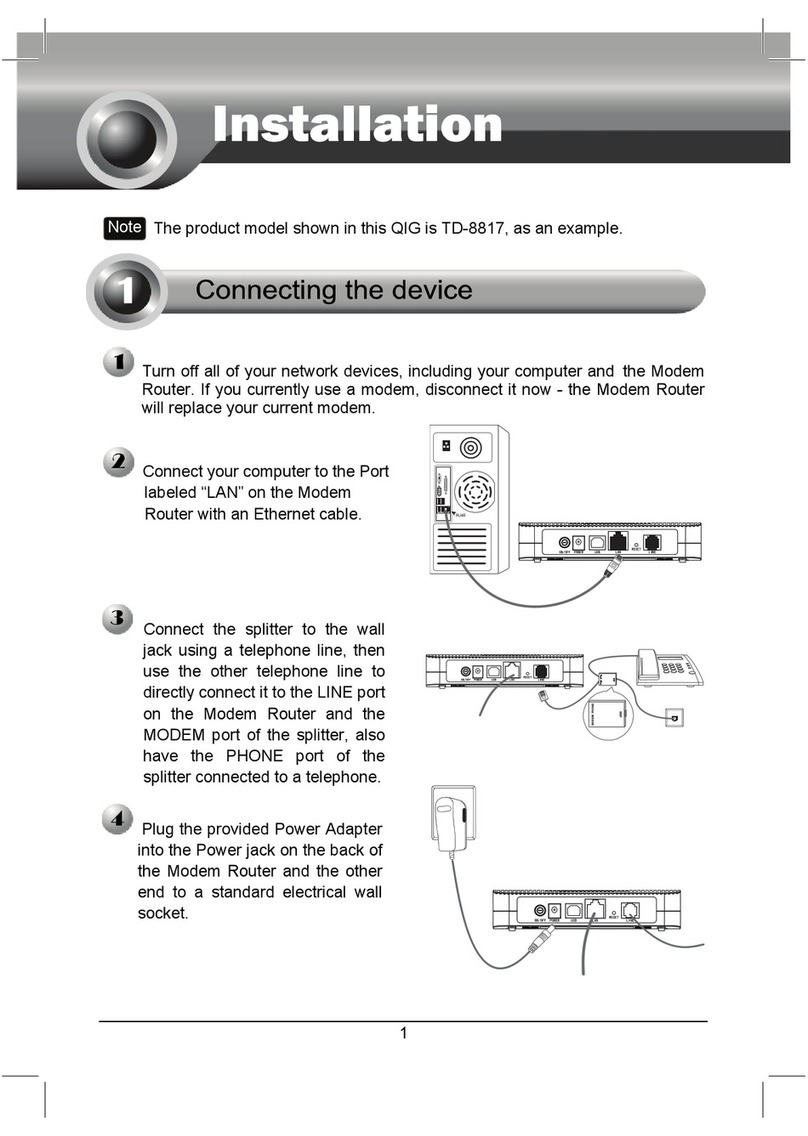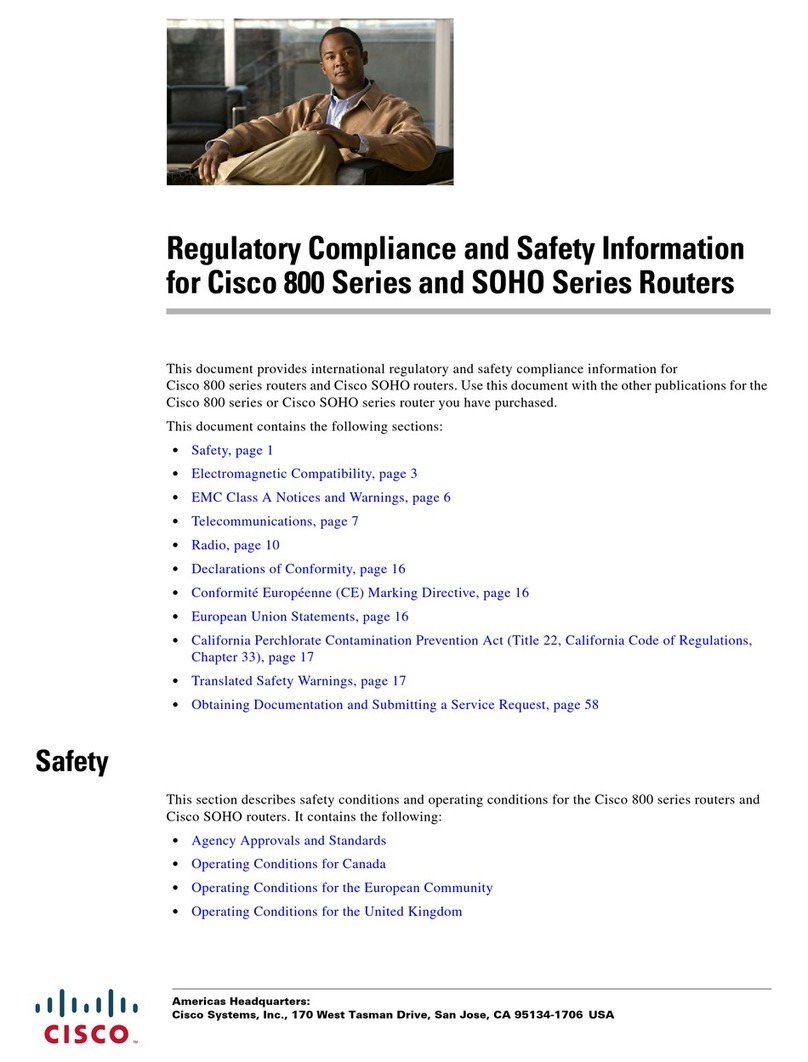devices. With this feature enabled, users can now connect to Net meeting or MSN
Messenger seamlessly.
Network Address Translation (NAT)
Allows multi-users to access outside resources such as the Internet simultaneously with
one IP address/one Internet access account. Many application layer gateways (ALG) are
supported such as web browser, ICQ, FTP, Telnet, E-mail, News, Net2phone, Ping,
NetMeeting, IP phone and others.
SOHO Firewall Security with DoS and SPI
Along with the built-in NAT natural firewall feature, the router also provides advanced
hacker pattern-filtering protection. It can automatically detect and block Denial of Service
(DoS) attacks. The router is built with Stateful Packet Inspection (SPI) to determine if a
data packet is allowed access to the private LAN through the firewall.
Domain Name System (DNS) relay
It provides an easy way to map the domain name (a friendly name for users such as
www.yahoo.com) and IP address. When a local machine sets its DNS server with this
router IP address, every DNS conversion request packet from the PC to this router will
be forwarded to the real DNS of an outside network.
Dynamic Domain Name System (DDNS)
The Dynamic DNS service allows you to alias a dynamic IP address to a static hostname.
This dynamic IP address is the WAN IP address. For example, to use the service, you
must first apply for an account from a DDNS service like http://www.dyndns.org/. More
than 5 DDNS servers are supported.
Quality of Service (QoS)
QoS gives you full control over which type of outgoing data traffic should be given priority
by the router, ensuring important data like gaming packets, customer information, or
management information move through the router speed fast, even under heavy load.
The QoS features are configurable by source IP address, destination IP address,
protocol, and port. You can throttle the speed of different types of outgoing data passing
through the router to ensure P2P users don’t saturate the upload bandwidth, or office
browsing doesn’t bring client web serving to a halt. Alternatively, you can simply change
the priority of different types of upload data and let the router sort out the actual speeds
of each data transmission.
Virtual Private Network (VPN) (BiPAC 8500/ 8501/ 8520 Only)
It allows user to establish a virtual network with a remote computer. In this way data can
be transmitted securedly through the virtual tunnel formed within the network. User can
use embedded PPTP and L2TP client/server, IKE and IPSec which are supported by this
router to make a VPN connection or run the PPTP client in PC and the router which
provides IPSec and PPTP pass through function to establish a VPN connection if the
user likes to run the PPTP client in his local computer.
Virtual Server (“port forwarding”)
Users can specify some services to be visible from outside users. The router can detect
incoming service requests and forward either a single port or a range of ports to specific
local computer for handling. For example, a user can assign a PC in the LAN acting as a
WEB server inside and expose it to the outside network. Outside users can browse
inside web servers directly while it is protected by NAT. A DMZ host setting is also
provided to a local computer exposed to the outside network, Internet.
